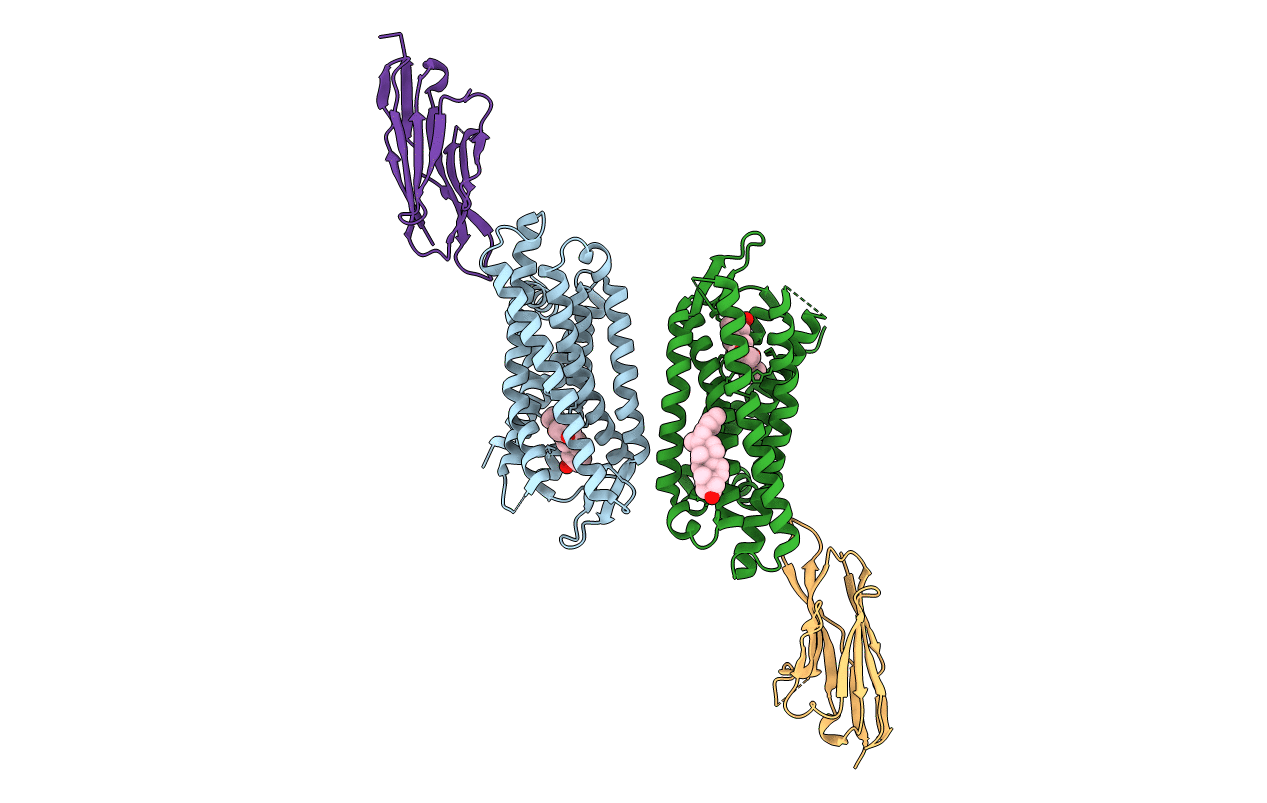
Deposition Date
2020-01-11
Release Date
2020-03-18
Last Version Date
2024-11-13
Entry Detail
PDB ID:
6VI4
Keywords:
Title:
Nanobody-Enabled Monitoring of Kappa Opioid Receptor States
Biological Source:
Source Organism:
Homo sapiens (Taxon ID: 9606)
Lama glama (Taxon ID: 9844)
Lama glama (Taxon ID: 9844)
Host Organism:
Method Details:
Experimental Method:
Resolution:
3.30 Å
R-Value Free:
0.27
R-Value Work:
0.24
R-Value Observed:
0.24
Space Group:
P 21 2 21


